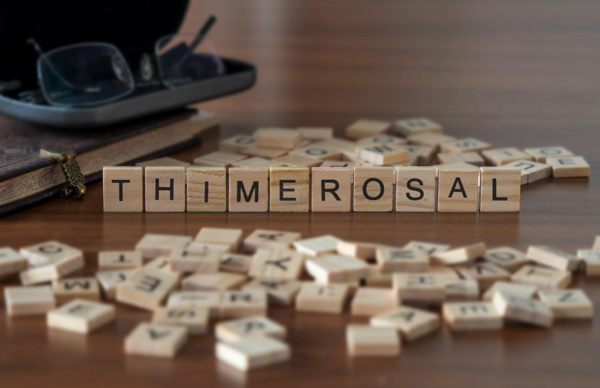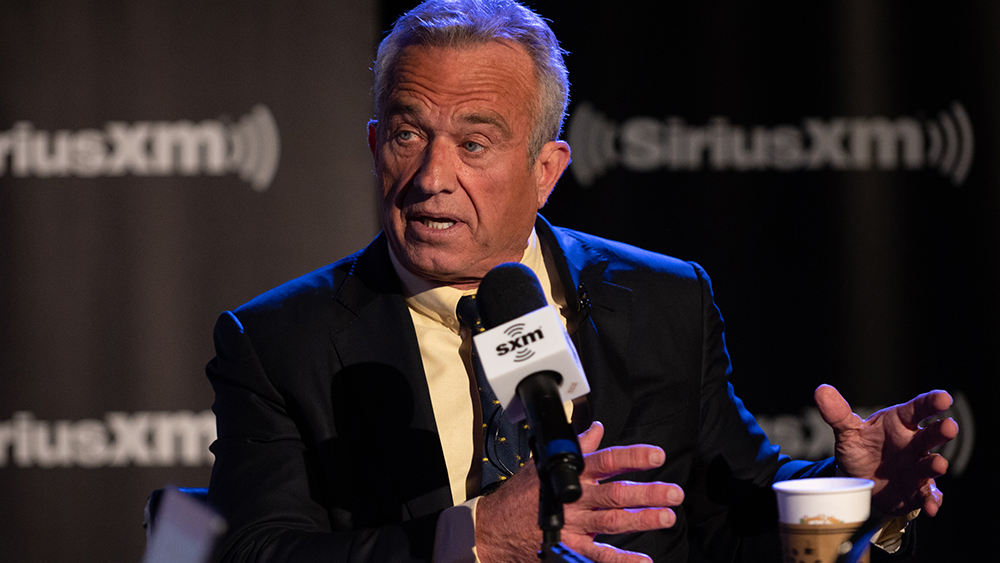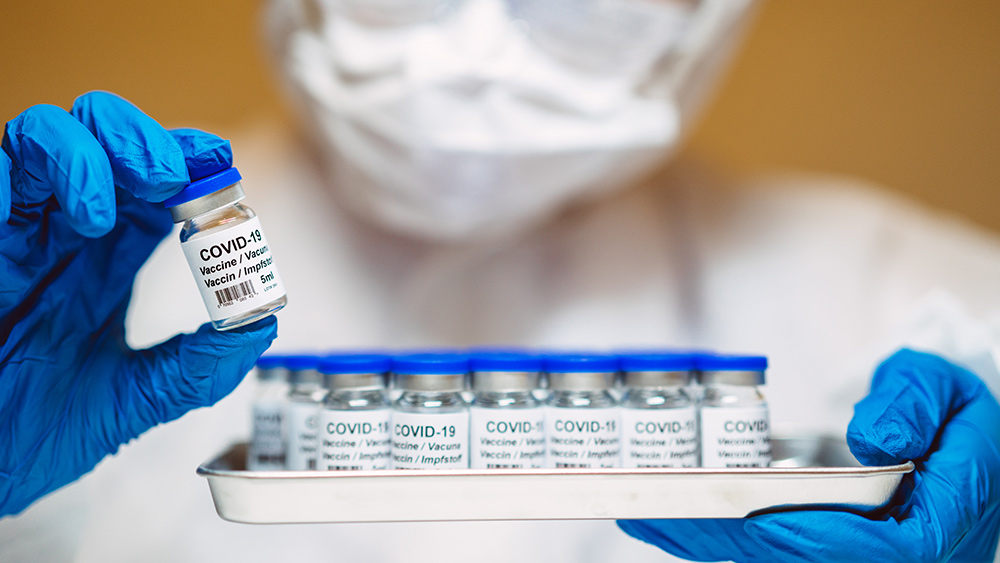 Parler
Parler Gab
Gab
- GLP-1 drugs like Ozempic and Wegovy double the risk of neovascular age-related macular degeneration (wet AMD) in diabetes patients over three years (0.2% vs. 0.1%).
- Study tracked over 1.1 million Ontarians and found longer use of the drugs heightened the risk—tripling after 18 months and quadrupling after 30 months.
- Manufacturers Novo Nordisk emphasize medication benefits, but experts urge patients to stay vigilant and avoid abrupt discontinuation.
- Possible mechanism involves blood-sugar fluctuations triggering retinal blood vessel growth via VEGF.
- Annual eye exams are critical for early detection, as 95% of vision loss from diabetic eye diseases is preventable with timely intervention.
Study design and findings: Numbers that demand attention
The study, led by researchers at the University of Toronto, followed 139,002 diabetes patients matched for factors like age, gender and health conditions. Enrollees were divided into two groups: 46,334 GLP-1 RA users and 92,668 nonusers. Results found 0.2% of GLP-1 users developed nAMD—a doubling of cases compared to the 0.1% rate in the control group. While absolute risk remains low (roughly one additional case per 1,000 users), the dose-dependent increase over time is concerning: risk tripled after 18 months and quadrupled after three years. Dr. Reut Shor, a co-author, emphasized, “The absolute risk remains low, but advanced AMD is a life-altering condition. Even a twofold increase matters for vulnerable older adults.” The condition, treatable with anti-VEGF injections, causes abnormal blood vessel growth in the retina, leading to irreversible vision loss if untreated.Expert voices: Caution, not panic
Medical professionals stress that patients should not abandon GLP-1 drugs without consulting doctors, as their benefits in managing diabetes and obesity outweigh the rarity of nAMD. Optometrist Meenal Agarwal, who treats diabetic patients, reinforced the need for proactive monitoring: “Don’t stop treatment abruptly. Instead, engage in regular eye exams and discuss with your doctor whether your overall risk necessitates more frequent vision screenings.” Novo Nordisk, manufacturer of Ozempic and Wegovy, defended its drugs, citing “robust” safety data, including a 33-million-patient-year database. However, the FDA acknowledges the rising “signal” of ocular side effects like nonarteritic anterior ischemic optic neuropathy (NAION), linked to GLP-1 drugs in other studies.Mechanisms under the microscope: A potential pathway
Researchers speculate GLP-1 therapy’s rapid blood sugar reduction could trigger retinal ischemia, a lack of oxygen in the retina. This oxygen deprivation stimulates vascular endothelial growth factor (VEGF), a protein that drives abnormal blood vessel growth—precisely what drives nAMD. Dr. Brian VanderBeek of the Scheie Eye Institute noted in a JAMA editorial that GLP-1 receptors in the retina might amplify this effect. “If confirmed, this could explain why longer use increases risk. But we need models and clinical trials to pin down causality.” The past year alone has seen multiple GLP-1-related ocular signals: abrupt blood sugar drops linked to retinal hemorrhages in diabetes patients, and NAION flagged by the European Medicines Agency as a “very rare” but serious side effect.Broader context: Eyes in the time of diabetes pandemic
Diabetes already ranks as the leading cause of vision loss in the U.S., with nAMD and diabetic retinopathy as major drivers. Patricia Welter, a type 1 diabetes patient who lost an eye to retinal disease, underscores what’s at stake: “Untreated eye issues mean blindness—no joke. Annual exams saved my remaining eye. I can’t stress that enough.” While GLP-1 drugs combat diabetes, which itself exacts an ocular toll, the new findings force a reckoning. “This isn’t about blaming the medication,” says Dr. Agarwal. “It’s about painting a fuller picture of benefits and risks. For most, the drugs save lives—but our eyes deserve attention too.” A holistic approach, echoing suggestions from natural health advocates, involves integrating GLP-1 use with lifestyle changes, vitamins like chromium and omega-3s (endorsed by Dr. Julian Whitaker in Reversing Diabetes), and strict vision monitoring.Vigilance meets innovation
The study injects a dose of caution into the GLP-1 era, reminding patients and clinicians that no therapy is without trade-offs. While the absolute risk of nAMD is low, its sight-stealing potential demands heightened vigilance. Future research must determine causality and ideal mitigation strategies. As Diabetic Macular Edema expert Dr. VanderBeek writes, “The ocular risks of these life-changing drugs cannot be ignored. They remind us that every step forward in medicine must walk hand-in-hand with a watchful eye.” For millions on GLP-1 drugs, that means staying informed, sticking to prescriptions unless advised otherwise and booking that annual eye exam—because clarity, both literal and metaphorical, is worth fighting for. Sources for this article include: TheEpochTimes.com JAMAnetwork.com StatNews.com BlackDoctor.orgRFK Jr. blasts The Guardian for falsely claiming THIMEROSAL in vaccines is “safe”
By Ramon Tomey // Share
U.S. to cut funding to globalist Gavi, the Vaccine Alliance over safety concerns
By Ramon Tomey // Share
Birth control pills TRIPLE stroke risk in young women, European study warns
By Cassie B. // Share
Trump: Nuclear deal with Iran UNNECESSARY as Tehran’s facilities already destroyed
By Ramon Tomey // Share
Governments continue to obscure COVID-19 vaccine data amid rising concerns over excess deaths
By patricklewis // Share
Tech giant Microsoft backs EXTINCTION with its support of carbon capture programs
By ramontomeydw // Share
Germany to resume arms exports to Israel despite repeated ceasefire violations
By isabelle // Share










